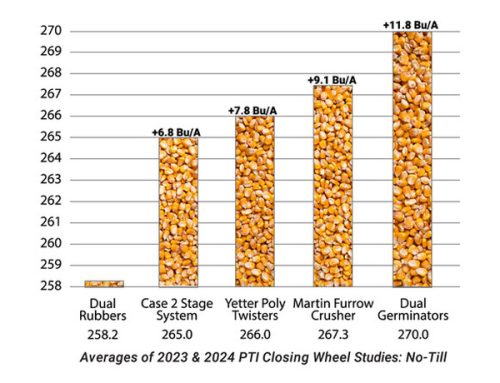Source: USDA news release
Farmers use variable rate technologies (VRT) to control the amount of farm inputs–such as seed, fertilizer, and chemicals–applied as farm machinery moves across a field. With more precise control of inputs, farmers can make more efficient applications that might lower production costs or reduce environmental impacts.
Data from USDA’s Agricultural Resource Management Survey (ARMS) show that initial adoption of VRT in the late 1990s and early 2000s was sluggish, remaining below 10 percent of planted acres for several field crops. However, adoption rates for corn and cotton have increased markedly over the last decade.
The VRT adoption rate for corn stood at 37.4 percent of planted acres in 2016, up from 11.5 percent in 2005. Cotton acreage using VRT showed a similar increase, rising from 5.4 percent in 2007 to 22.7 percent in 2019. Recent VRT adoption rates across other crops included 13.9 percent for sorghum in 2019, 18.8 percent of winter wheat planted acres in 2017, and 25.3 percent of soybean-planted acres in 2018.
VRT adoption follows a pattern common to other precision technologies: higher adoption by large farms and lower adoption among smaller farms, in part because larger farms can spread the fixed costs of adoption over greater production amounts.




